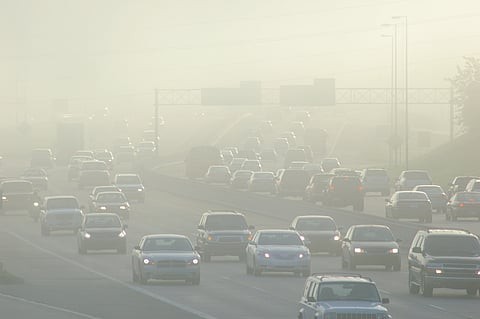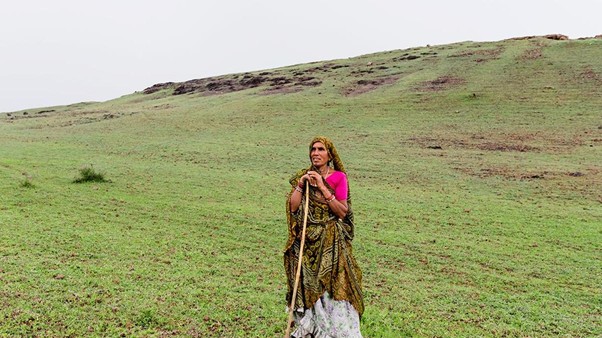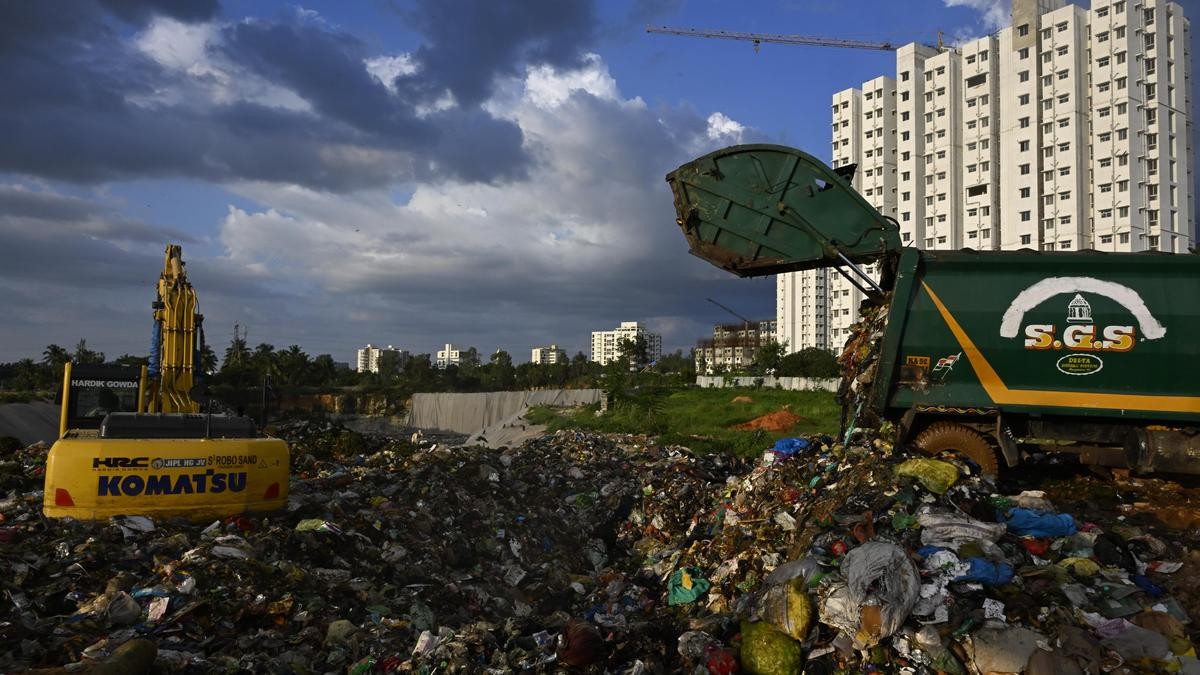




Source: INDIANEXPRESS
Disclaimer: Copyright infringement not intended.
The southwest monsoon accounts for about 70% of India's annual rainfall.
Accurate monsoon forecasts are crucial for agriculture, water management and economic planning.
The India Meteorological Department established in 1875 has been leading efforts to improve monsoon forecasting through trial and error over nearly 150 years.
Establishment of IMD and Initial Forecasts
1875: IMD was founded with Henry Francis Blanford as the first Meteorological Reporter to the Government of India.
The Great Famine of 1876-78 highlighted the need for monsoon prediction.
Blanford’s Snow-Precipitation Hypothesis (1882–1886)
Linked Himalayan snow cover to summer monsoon rainfall: Inverse relationship – more snow = less rainfall.
1886: Blanford made the first long-range monsoon forecast for India and Burma.
Eliot’s Improvements (1889–1904)
Sir John Eliot first Director General combined:
Himalayan snow data
Local Indian weather
Indian Ocean and Australian weather.
However famines e.g., 1899–1900 still occurred indicating forecast limitations.
Sir Gilbert Walker’s Statistical Approach
Succeeded Eliot in 1904.
Introduced 28 global predictors (atmosphere, land, ocean parameters).
Concepts of:
Southern Oscillation (SO)
North Atlantic Oscillation (NAO)
North Pacific Oscillation (NPO)
SO was later linked to El Niño by Jacob Bjerknes in the 1960s.
Regional Forecasting
Divided India into:
Peninsula
Northeast
Northwest
Walker’s statistical correlations remained the forecasting standard till the late 20th century.
Continued Use of Walker's Model
Until 1987 IMD forecasts based on Walker’s methods.
Accuracy issues: Predictive error ~ 12.33 cm for Peninsula, 9.9 cm for Northwest India (1932–1987).
Gowariker’s Power Regression Model (1988)
Led by Vasant Gowariker.
Used 16 atmospheric parameters.
Shifted from regional to national monsoon forecasts.
Issues:
Some predictors lost relevance by 2000.
Forecast failures in critical years e.g., 1994, 1997, 1999.
Drought of 2002
Severe forecast failure.
Exposed limitations of the existing power regression models.
Model Overhaul (2003)
Two new models introduced based on 8 and 10 parameters.
Two-stage forecast strategy initiated:
Mid-April (First forecast)
End-June (Updated forecast)
Success: Correctly predicted 2003 monsoon.
Failure: Could not predict 2004 drought → led to re-evaluation.
Statistical Ensemble Forecasting System (SEFS) (2007)
Five-parameter model (April forecast).
Six-parameter model (June forecast).
Introduction of ensemble forecasts: Combines multiple predictor-based models for robust forecasting.
Result: Absolute forecast error reduced to 5.95% of LPA (2007–2018).
Dynamic Modeling - Monsoon Mission Coupled Forecasting System (MMCFS) (2012)
Launched by Ministry of Earth Sciences.
Coupled model: Integrated ocean, atmosphere, and land data.
Enhanced prediction capabilities beyond pure statistical methods.
Multi-Model Ensemble (MME) System (2021)
Combined outputs of multiple global climate models, including India’s MMCFS.
Further reduced forecast errors and improved reliability.
Forecast error reduced by about 21% between 2007–2024 compared to earlier periods.
Better models, higher-resolution data and computational advances have helped.
However challenges remain:
Sub-seasonal variability (breaks and active phases).
Impact of climate change on monsoon patterns.
Extreme events prediction (heavy rains, droughts) still needs improvement.
Sources:
|
PRACTICE QUESTION Q. Critically examine the evolution of monsoon forecasting in India from the colonial era to the present day. What are the major challenges that still persist in achieving high-accuracy forecasts and how can India further strengthen its monsoon prediction capabilities? 250 words |







© 2025 iasgyan. All right reserved